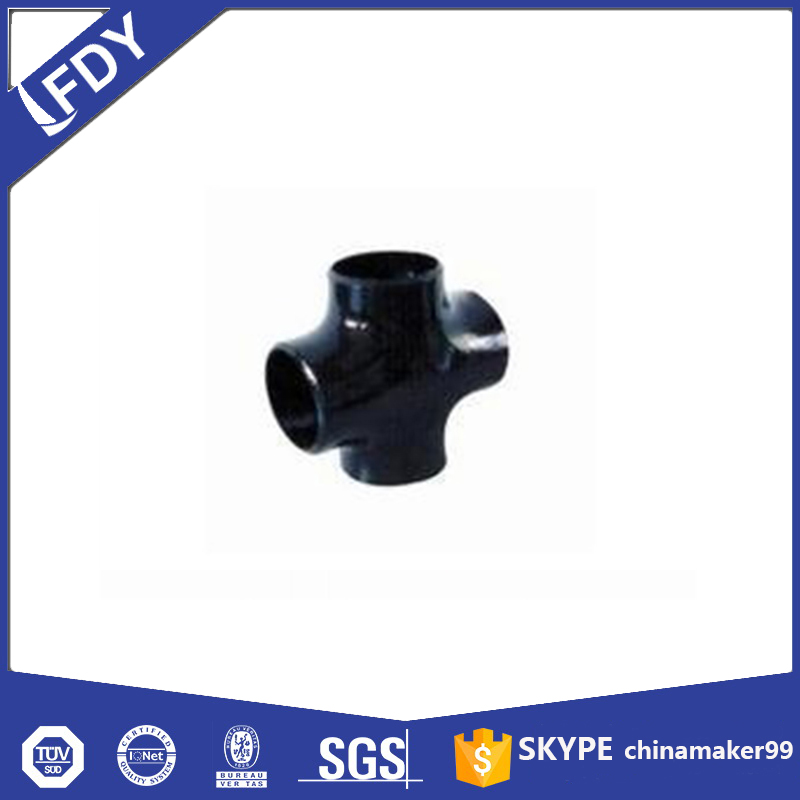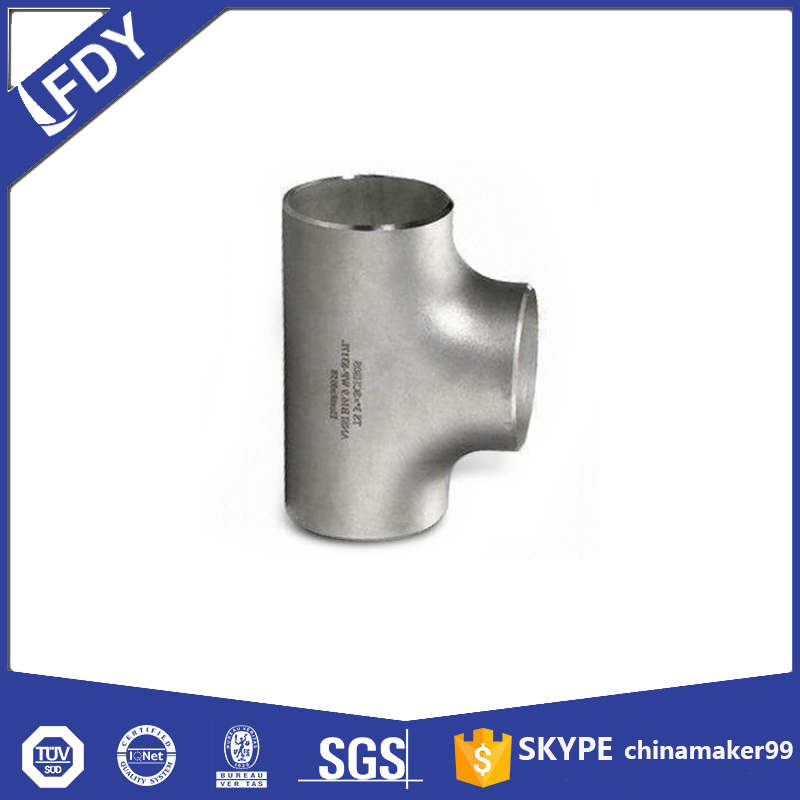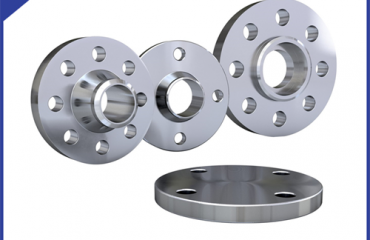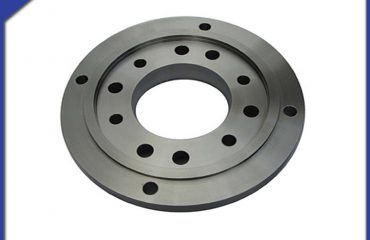
Butt welded fittings are essential components in piping systems, designed to connect pipes with a strong, leak-resistant joint. Unlike other fitting types that rely on threads or clamps, these fittings are joined to pipes through welding, creating a seamless bond that boosts both durability and performance. This makes them a top choice in industries where reliability and long-term functionality are critical.
One of the main advantages of butt welded fittings is their exceptional strength. The welding process fuses the fitting and pipe together, forming a single, continuous structure that can withstand high pressure, extreme temperatures, and heavy mechanical stress. This strength is especially valuable in sectors like oil and gas, petrochemicals, and power generation, where piping systems often operate under harsh conditions. Additionally, the seamless design reduces fluid resistance inside the pipes. Without gaps or irregularities at the joint, liquids or gases flow more smoothly, minimizing pressure drops and improving the overall efficiency of the system.
Butt welded fittings come in various types to meet different piping needs. Elbows, for example, are used to change the direction of pipe runs, with common angles like 45 degrees and 90 degrees. Tees split the flow of fluids into two directions, while reducers adjust the diameter of the pipe to match different sections of the system. Caps are used to seal the end of a pipe, preventing contamination or leakage. Each type is manufactured to strict industry standards, ensuring consistency in size, shape, and performance across different suppliers.
Proper installation is crucial to maximize the benefits of butt welded fittings. The process starts with preparing the pipe ends and fittings, which must be cut straight and cleaned to remove any dirt, rust, or debris. Next, the fitting and pipe are aligned to ensure they are perfectly straight, as misalignment can weaken the joint and cause leaks. The welding itself requires skilled technicians who use techniques like TIG (Tungsten Inert Gas) or MIG (Metal Inert Gas) welding, depending on the material of the pipes and fittings. After welding, a post-weld inspection is often conducted to check for defects such as cracks or incomplete fusion, ensuring the joint meets safety and quality requirements.
In terms of material options, butt welded fittings are typically made from metals like carbon steel, stainless steel, and alloy steel. Carbon steel fittings are cost-effective and suitable for general industrial applications, while stainless steel fittings offer excellent corrosion resistance, making them ideal for use in food processing, pharmaceuticals, and marine environments. Alloy steel fittings are designed to withstand high temperatures and pressure, making them a good choice for power plants and chemical facilities.

Overall, butt welded fittings play a vital role in ensuring the safety, efficiency, and longevity of piping systems across various industries. Their strong, seamless joints, diverse types, and versatile material options make them a reliable solution for even the most demanding applications. By understanding their benefits, installation requirements, and material choices, industries can select the right butt welded fittings to meet their specific needs and maintain optimal performance of their piping systems.
 Language
Language Espanol
Espanol English
English Italian
Italian عربى
عربى
 Skype: chinamaker99
Skype: chinamaker99  Tel: 86-316-5120812
Tel: 86-316-5120812  Email:
Email:  Whatsapp:
Whatsapp: 
